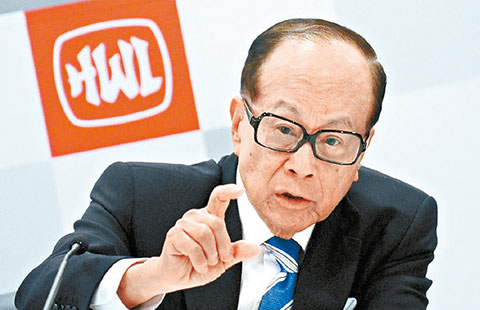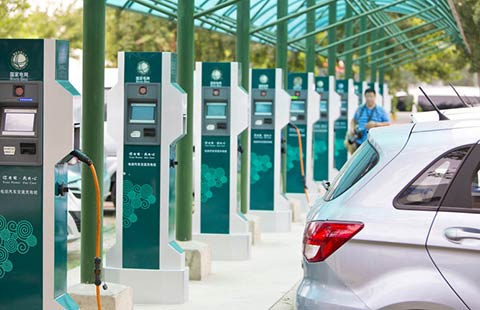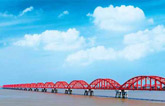BRICS bank vis-a-vis IMF
By Mark Williams (China Daily) Updated: 2014-07-25 07:21Last week's agreement by the five BRICS member states to establish a development bank along with a currency reserve pool, they called the Contingency Reserve Arrangement, set off a storm of commentary suggesting that these new institutions would be rivals to the World Bank and the International Monetary Fund. But the key question of how they will operate remains unanswered, perhaps because the five countries haven't yet agreed on it among themselves. Perhaps, they will also be marginal players on the global stage in the foreseeable future.
The resources the BRICS bank (the official name is the New Development Bank), given its size, can mobilize will depend on several factors, including how cheaply it can borrow from international markets, how quickly it scales up its lending and capital base, and the average duration of loans.
Taking other development banks as a guide, we (at Capital Economics) estimate that loans could average $5-10 billion a year over the coming decade. That's less than one-third, taking the upper limit into consideration, of the $32 billion that the World Bank extended last year. More significantly perhaps, it is also a fraction of the amount lent abroad by China Development Bank, which now lends a similar amount to emerging economies each year as the World Bank. Viewed from this perspective, the World Bank already has a powerful rival from within the BRICS bloc.
Indeed, an unanswered question is whether the BRICS bank will substitute for or supplement the activities of the CDB. It could, for example, be used as a way to give multilateral cover to loans that would be contentious coming from one of China's State-owned banks. In that case, the creation of the BRICS bank may not lead to any substantial increase in lending to the emerging world.
Another unanswered question is for whom is the BRICS bank. The guiding sentiment behind its creation is a view that finance from the existing development lenders such as the World Bank comes with too many strings attached. If conditions are light and interest rates low, demand for BRICS bank loans will be strong (Argentina stands out as an obvious early candidate). But the issue of which projects to fund could prove contentious to the BRICS bank's members.
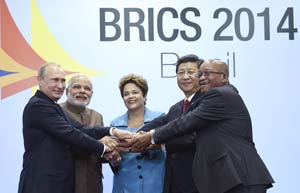 |
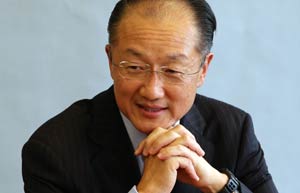 |
| BRICS bank to be headquartered in Shanghai |
|
- China unveils measures to better finance small enterprises
- Service sector the key to consumer-led growth
- HSBC PMI picks up as policy easing kicks in
- Investors yield to chengtou notes' charms
- Output quotas rise 10% for rare earth firms
- Finding new bearings for development
- Xbox One rights given to China Telecom
- Boom for sales of baby products

